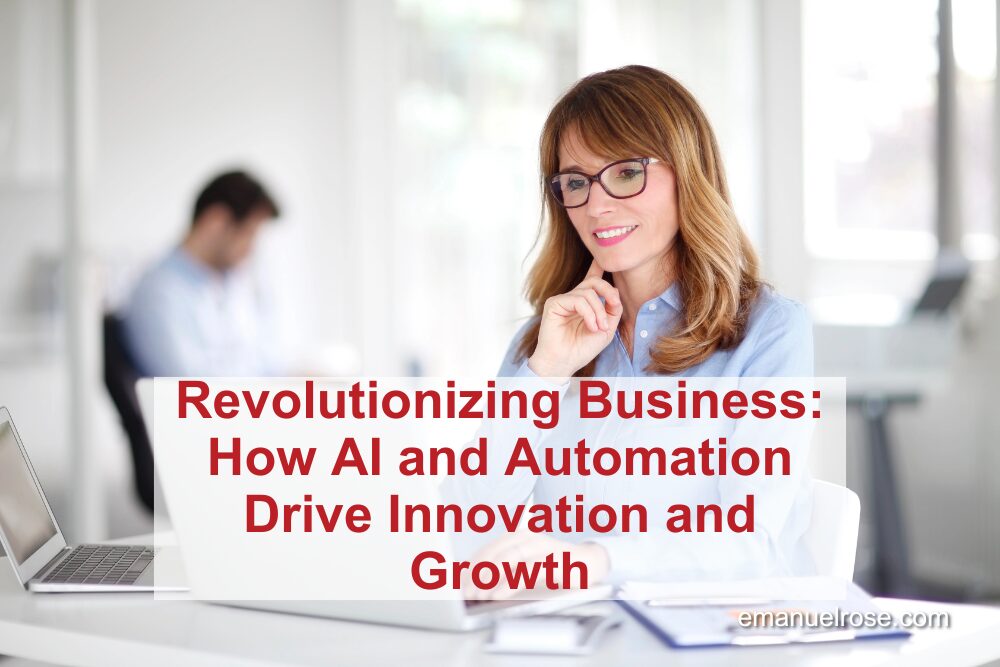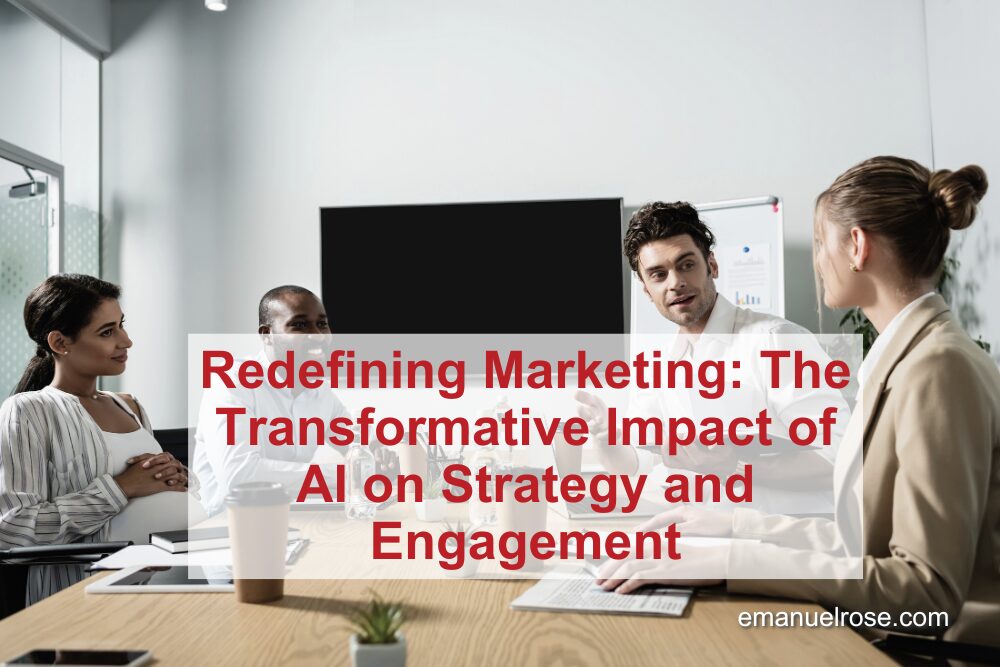The Future of Marketing: AI-Driven Strategies for 2025 and Beyond
https://youtu.be/_fjyu31hMbU Businesses must adapt quickly to stay competitive in our rapidly changing digital world. With artificial intelligence (AI) making significant strides, embracing these technologies is essential for revitalizing and expanding business strategies. Today, we will explore how AI transforms marketing practices and offers insights into future trends and strategies for 2025. Embracing Automation and AI in 2025 As we look towards 2025, the role of AI in marketing is set to evolve dramatically. The initial phases of AI integration in marketing (2023-2024) primarily focused on assistance and augmentation. However, by 2025, AI will handle entire workflows independently, enabling marketers to focus on strategic initiatives and creative endeavors instead of routine tasks. Marketers eager to tap into AI’s potential without extensive coding knowledge can start with accessible tools like ChatGPT. Users can leverage AI to perform comprehensive tasks like market research and SEO workflows by upgrading to more advanced functionalities, freeing up human resources for more nuanced work. Personalized Experiences at Scale One of the exciting possibilities AI brings is delivering personalized customer experiences on a mass scale. Businesses are exploring how AI can utilize user data—such as app interactions and survey responses—to craft individualized messages that resonate more authentically with each customer. These efforts aim to replace generic marketing messages with solutions that address specific customer needs and enhance engagement. By automating customer communication, AI can deliver relevant interactions based on user behavior and feedback, which were traditionally compiled manually. This automation not only improves marketing efficiency but also enriches customer relationships through more meaningful engagement. Addressing Misconceptions in AI Marketing While AI offers numerous opportunities, misconceptions persist, particularly around AI-driven content creation. Initial versions of AI-generated content often lacked the personalization that brands require, leading some marketers to dismiss its potential prematurely. However, AI technology evolves rapidly, and with each update, its ability to produce brand-specific content improves. Marketers are encouraged not to abandon AI but to refine their approach by developing sophisticated prompts and strategies for content generation. Businesses can create impactful, on-brand marketing content by using real customer conversation inputs and meticulously guiding AI through structured research and specific topics. The Role of Prompting in AI Workflow Creating effective AI-generated content requires strategic prompting. Marketers should experiment with broader prompts initially and refine them based on results to achieve the desired tone and format. Providing AI with concrete examples and specific directives at each workflow step is essential to producing high-quality outputs. As AI models advance, balancing human expertise with AI capabilities remains crucial. While AI acts as an invaluable assistant, human direction ensures the content meets brand standards and aligns with marketing goals. Pioneering Conversational Data Utilization Beyond traditional marketing applications, AI is also redefining information management within companies. New ventures focus on harnessing conversational data—often shared via chats and emails—to create valuable knowledge bases. These databases enable businesses to effectively preserve and transfer institutional knowledge, enhancing training and onboarding processes. Companies can convert everyday conversations into structured knowledge resources by integrating AI with communication tools. As conversational AI models improve their ability to distinguish significant insights from casual chatter, businesses can better leverage internal communications to drive innovation and efficiency. The Road Ahead As AI becomes more integrated into marketing ecosystems, the ability to directly use data from sources like Google Analytics and execute targeted advertising strategies will become commonplace. While the present may see an overload of generic content, the future promises a shift towards authentic, expert-driven content marketing. Brand success will depend on continuous learning and adaptation, with AI as a cornerstone of innovative strategies. As we advance, the synergy between AI advancements and human creativity will help businesses navigate complexities and maintain a competitive edge in the digital marketplace. Businesses can ensure sustainable impact in an increasingly digital world by staying at the forefront of AI developments and leveraging strategic insights. Embracing AI not only future-proofs marketing strategies but also empowers companies to deliver exceptional value to their customers. We appreciate Yana Tornoe’s insights. As AI continues to shape marketing, adapting to these changes is essential for businesses looking to stay competitive in 2025 and beyond. Get to know Yana Tornoe: linkedin.com/in/yanatornoe Watch the Marketing in the Age of AI Podcast Featuring Yana Tornoe: youtu.be/_fjyu31hMbU
The Future of Marketing: AI-Driven Strategies for 2025 and Beyond Read More »










